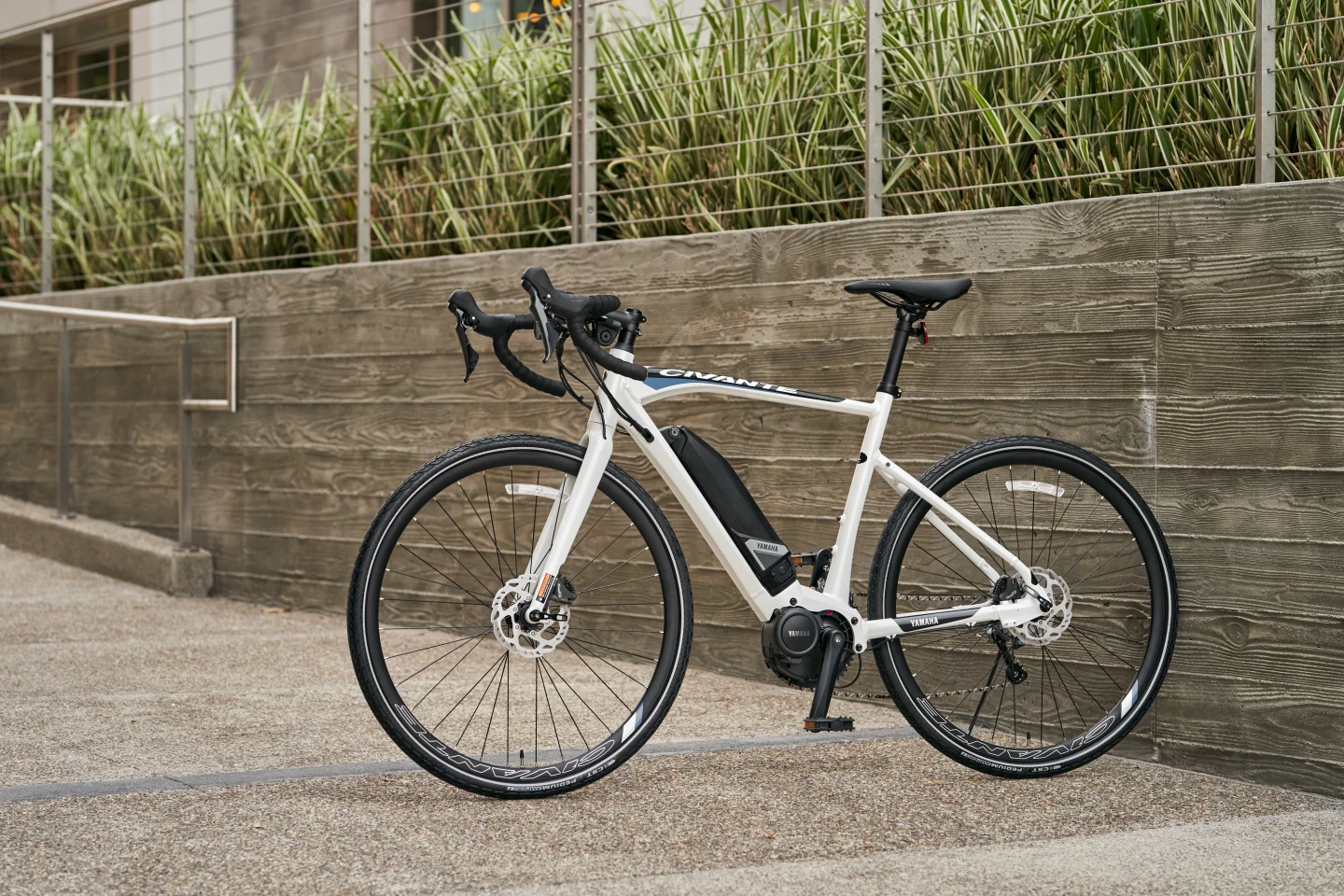Yamaha Bicycles has impressive form in the world of ebikes, having launched the world's first electric power-assisted bike back in 1993. Now the company is launching its first Class 3 category ebike in the shape of the Civante.
"The Civante will introduce a new group of riders to Yamaha’s legendary quality, comfort and performance and increases and diversifies our retail options," said Yamaha's Drew Engelmann. "The Civante looks great, feels smooth and comfortable, and delivers the cutting-edge handling dynamics and seamless integration of assist technology that Yamaha does better than anyone else."
Like other Yamaha rides, the frame, motor, battery unit and other components are all produced in-house. Cabling is routed through the aluminum frame for a clean look, and there are mount holes for fenders, a kickstand and cargo rack.

The Civante is a Class 3 electric power assist ebike, meaning its mid-mount PWSeries SE motor can give you some help on your way up to 28 mph, after which you're on your own. Four power levels are available, and up to 70 Nm (51.6 lb.ft) of torque.
A Triple Sensor System measures pedal torque, bike speed and crank arm cadence to offer more or less assist to match the changing terrain and riding needs. And a lockable "long-lasting" 500-Wh Li-ion battery can be removed for indoor charging, with Yamaha reporting that its high-speed charge will get it from zero to 80 percent capacity in about an hour.
A Bluetooth-enabled, multi-function LCD display at the center of the drop handlebar shows speed, battery range, assist modes and more, and there's a handy control switch to the left of the handlebar stem.

Rounding out the given specs are Shimano STI shifters, a double chainring, 10-speed derailleur, hydraulic disc braking, integrated LED headlight, and 27.5-inch mid-depth aerodynamic wheels wrapped in CST puncture-resistant tires with reflective sidewalls and smooth tread. The ebike appears to ride without suspension in play, but the handlebar has been treated to extra padding covered in cork tape to smooth out some of the vibrations during a ride.
Set to land at dealers from this month, the Civante carries a suggested retail price of US$3,399 – which puts it in a similar price bracket as Triumph's Trekker GT and Gogoro's eye-catching Eeyo 1.
Source: Yamaha Bicycles
















